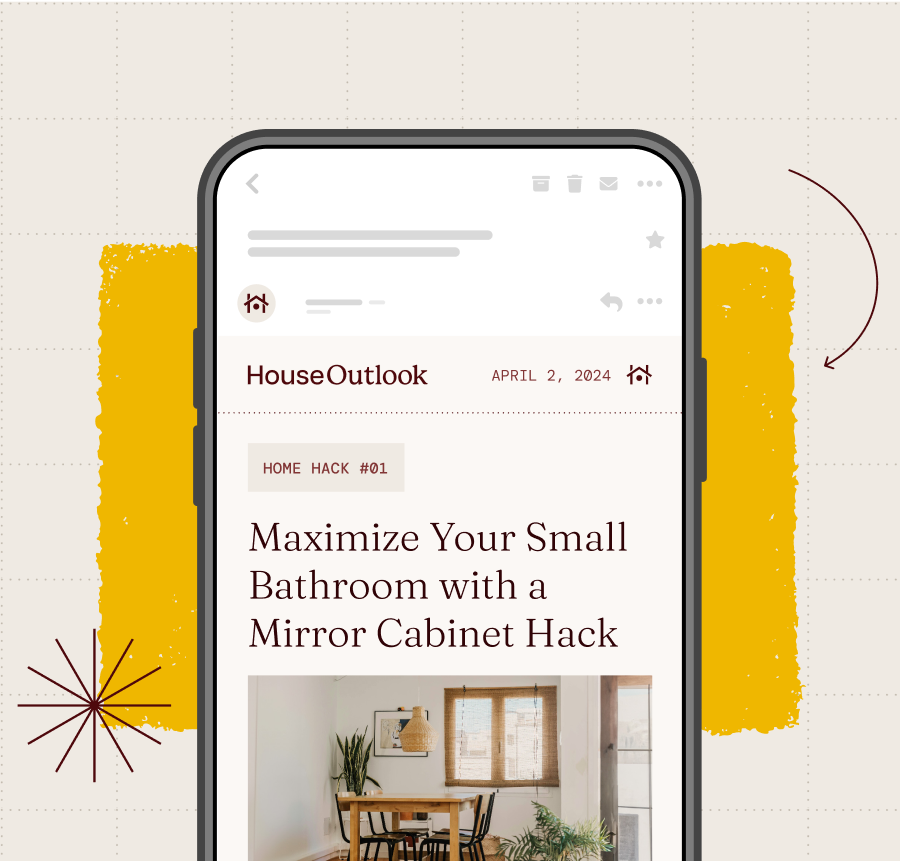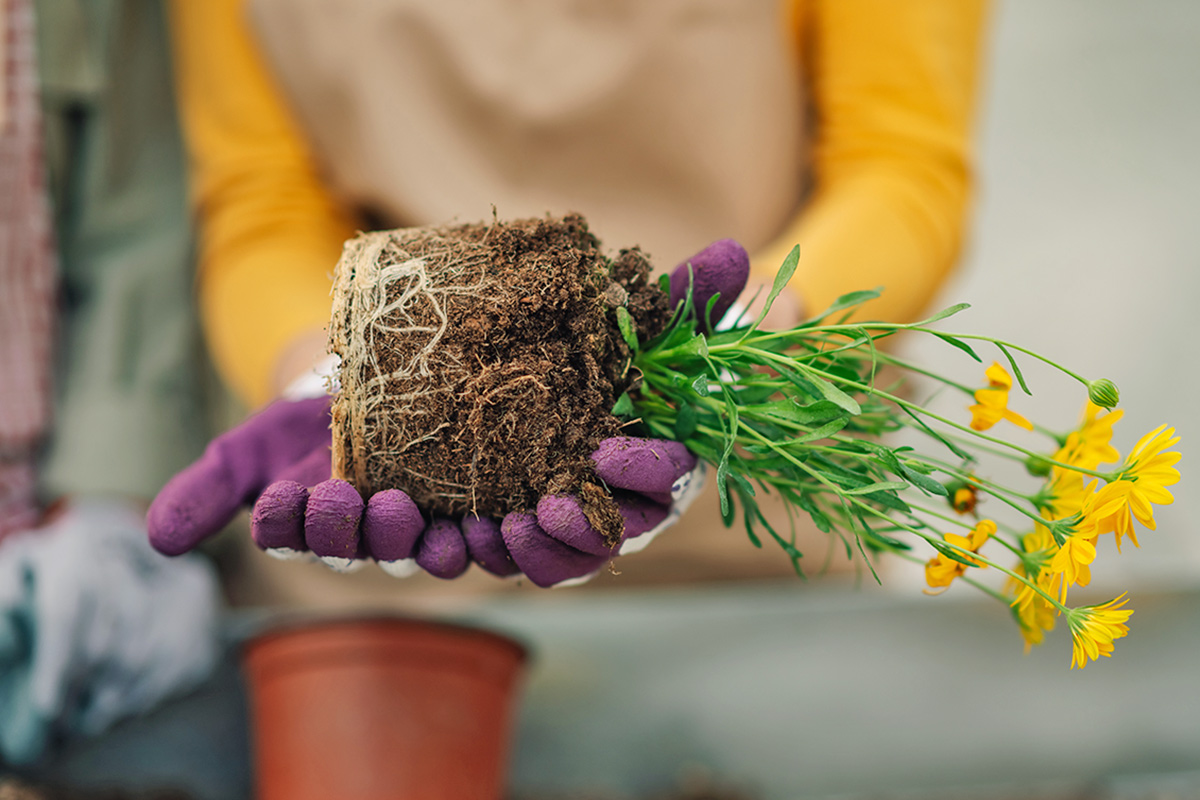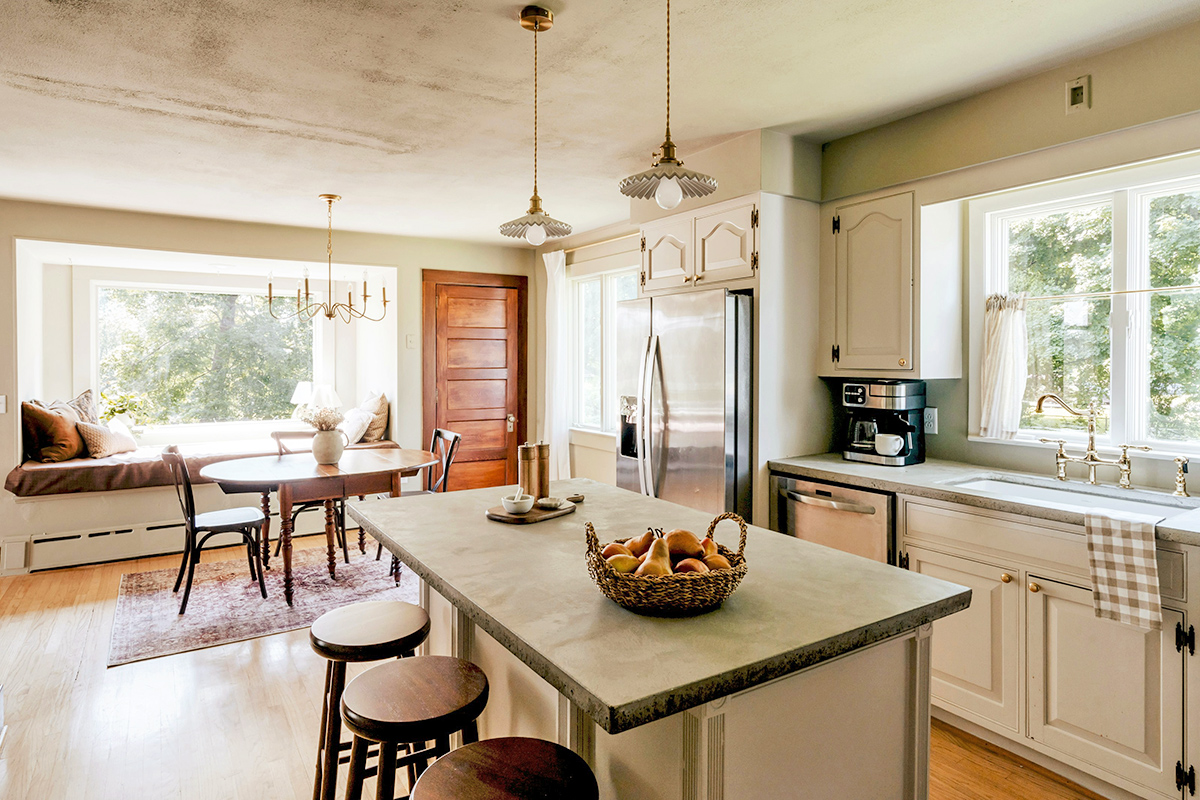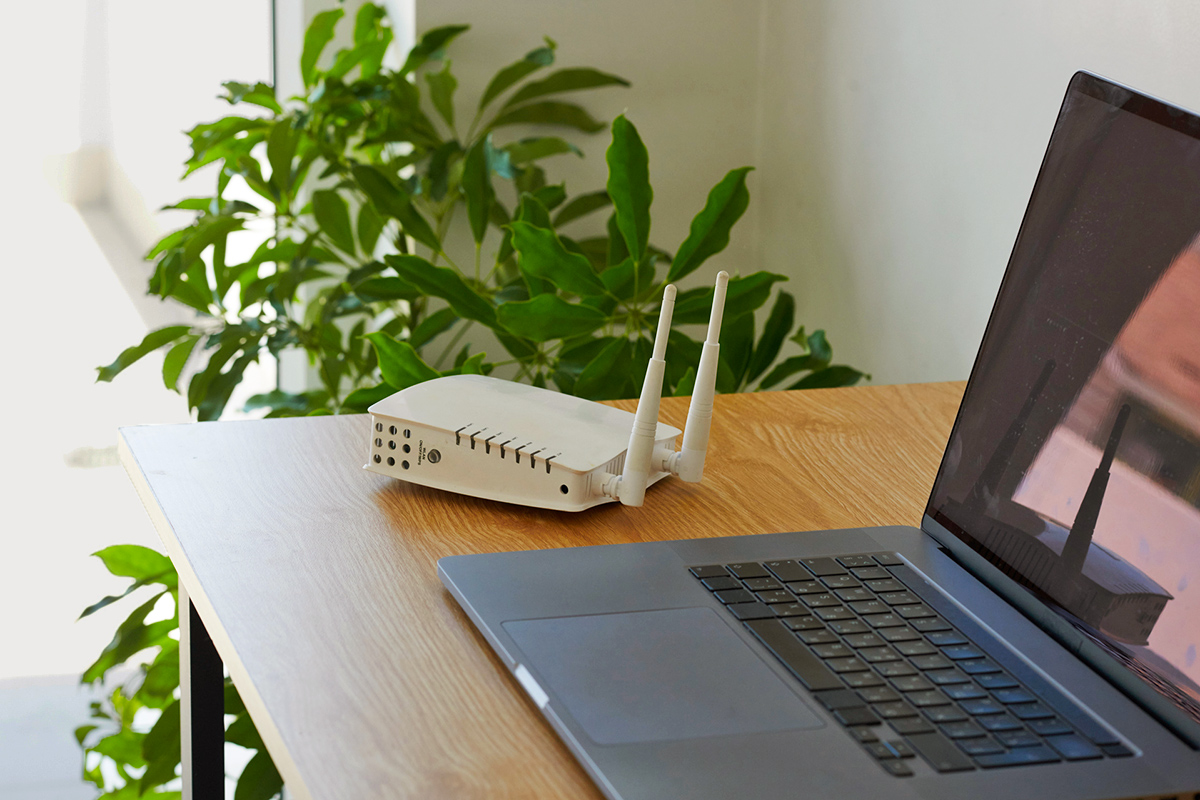Taking care of a houseplant sounds easy, but there’s a learning curve and a surprising amount of nuance. Repotting can be especially tricky, not to mention messy. When it comes to selecting a new pot, many people are (understandably) inclined to choose one based on the plant’s foliage or overall size. However, this is a…
What Is a Root Ball?
The root ball is the mass of roots and soil underneath the plant’s stem. All plants have a root ball, and it’s the most important thing for the pot to support. Root balls vary greatly in size and don’t always correlate with the size of the plant above the soil. For this reason, small plants can have large root balls, and vice versa.
Find the Right Pot for Your Plant
A good rule of thumb is to choose a pot that’s only about 1 to 2 inches bigger than the root ball. A pot that’s too big makes the plant more susceptible to root rot because the roots aren’t able to absorb all that water, leaving a portion of the soil wet for too long. But if you house your plant in an adequately sized pot, the soil dries out at a rate the roots can keep up with, providing them with the oxygen they need to thrive.
Nursery Pots vs. Decorative Pots
Your plant should always be kept in a nursery pot (also called a plastic or grow pot) that has drainage holes. You can then place this nursery pot inside a decorative pot if you wish. Never plant your greenery directly into a decorative pot, especially one without proper drainage.
More from our network
House Outlook is part of Inbox Studio, which publishes content that uplifts, informs, and inspires.
Using a nursery pot ensures that the soil doesn’t get oversaturated, leading to root rot. Plus, it’s easier to check on the plant’s root health and swap out decorative pots whenever you get the urge to refresh your space. If you’re worried about the nursery pot sticking up past the edge of your decorative pot, you can always trim it down to size.
You can purchase multipacks of nursery pots with different sizes, which are a great option if you’re not sure which size to opt for. It’s also best to choose dark-colored nursery pots over clear ones to protect the roots from light exposure and algae.



















